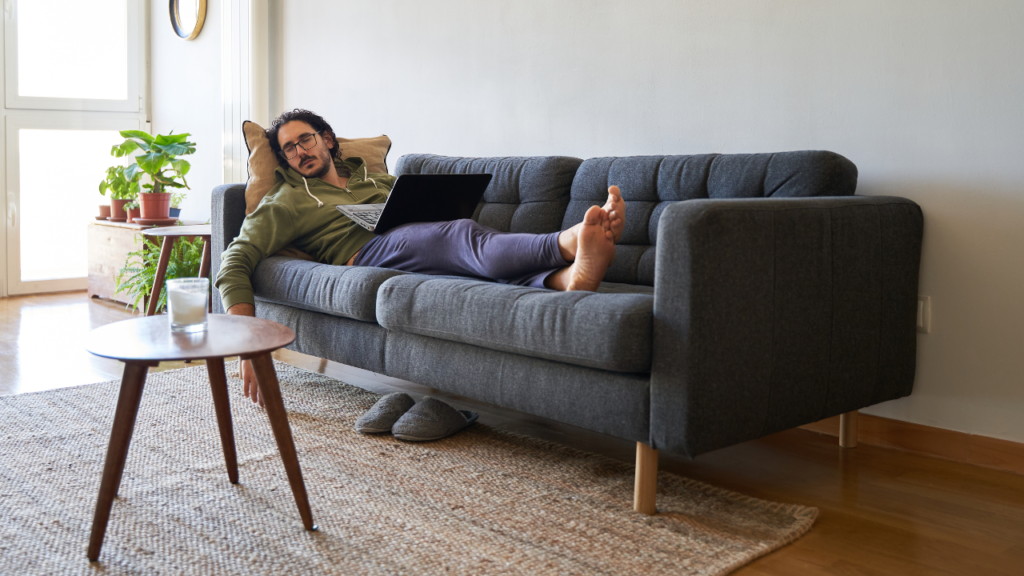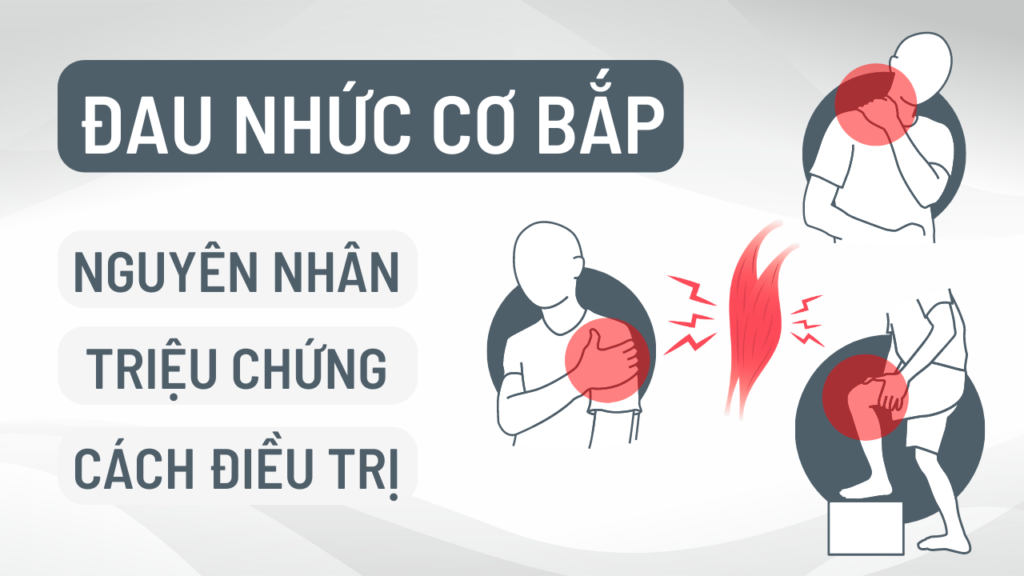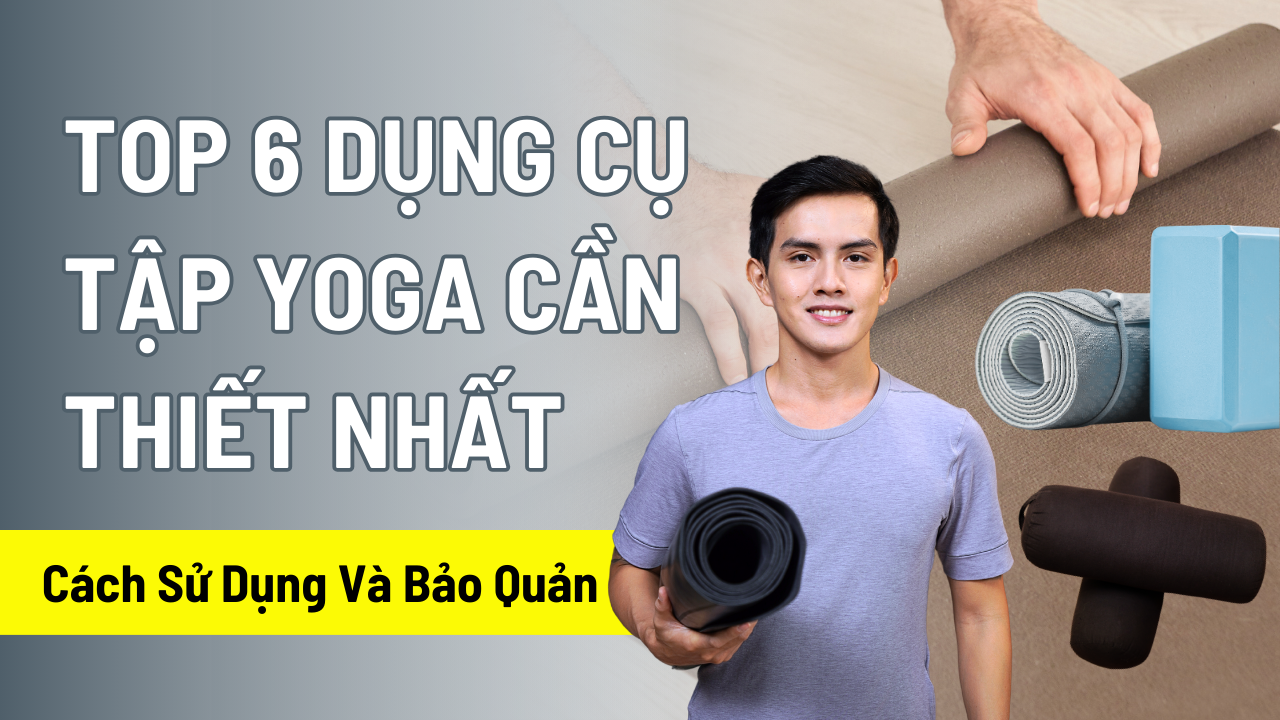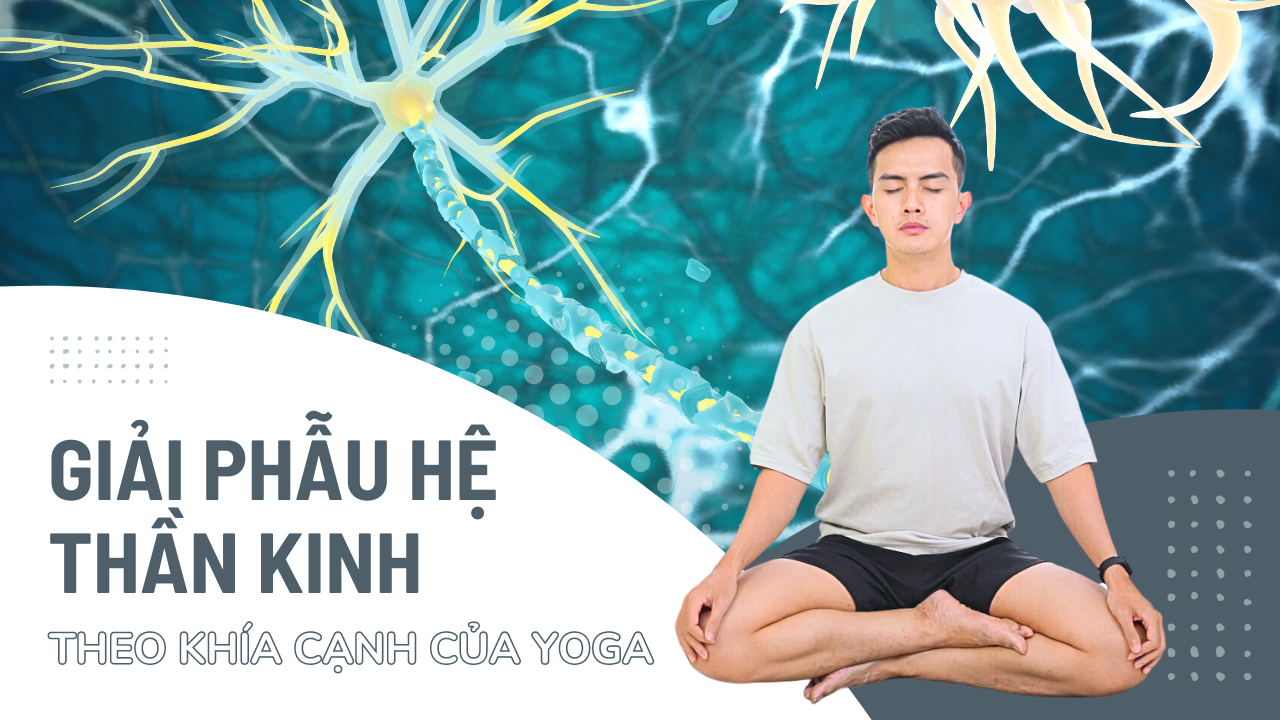Muscle pain (muscle pain) is one of the common health problems that most people experience at least once in their life. Muscle pain can occur when we exercise, work with bad posture or due to stress.
Although muscle pain may be just a minor problem, it can still cause a lot of discomfort and affect our quality of life. In this article, learn with Nguyen about the causes of muscle pain and ways to reduce pain, as well as prevent them.
What is muscle pain?

Muscle pain is a sign of ligament or tendon injury or can also be a sign of another health problem. You may feel frequent pain or random sharp pain. Some people have muscle pain all over their body, while others have pain in specific areas.
Symptoms of muscle pain
Signs and symptoms will vary, depending on the severity of the injury, and may include:
- Pain or stinging in areas of the body
- Red or bruised
- Limited movement
- Muscle spasms
- Swelling
- Muscle weakness
Who can get muscle pain?
People of all ages and genders can experience this problem. When you try a new physical activity or change your exercise routine, you may experience delayed onset muscle soreness (DOMS). The pain can appear 6 to 12 hours after a workout and last up to 48 hours. You feel pain as the muscles heal and get stronger.
What is the cause of muscle pain?
The most common causes of muscle pain are tension, overused muscles, and minor trauma. This type of pain is often localized, affecting only certain muscles or a small part of your body. Generalized pain pain throughout the body is often the result of infection, disease, or a side effect of medication.
Muscle pain due to poor blood circulation
Low blood supply to your legs and feet can cause cramps in those areas when you exercise, walk, or engage in physical activities, causing frequent bouts of pain.
Muscle pain due to vitamin and mineral deficiency
For those who are dieting or not having a well-balanced diet, a lack of calcium, potassium, sodium, and magnesium can lead to muscle cramps, pain and spasms, a feeling of fatigue and weakness, as well as difficulty in walking. perform movement activities.
Starting from being sedentary

Common muscle pain when sedentary is a common problem for people who work in offices or sit a lot. Common symptoms include neck and shoulder pain, back pain and especially lower back pain. This can happen due to lack of exercise and bad sitting habits. cause stress and muscle pain.
What types of infections cause muscle pain?
Bacterial and viral infections can leave you feeling sore all over. Depending on the cause, you may also experience swollen lymph nodes, fever, and nausea.
Types of muscle pain that arise when exercising

If you often go to the gym to run or yoga, you may experience post-exercise pain from overusing the same muscle. In addition, other injuries can cause muscle pain, including:
- Abdominal muscle pain
- Tighten back muscle groups such as lats, lats, trapezoids
- Sprains
- Fractures and trauma.
- Pain syndrome caused by repetitive movements (overuse).
- Tendonitis
- Pain in leg and arm muscles such as biceps, glutes, thigh muscles, and leg ligaments
How to diagnose the exact cause?
If you don't know the cause of your muscle pain, or the pain is severe or chronic, specialists may order tests, such as:
- Blood tests to check enzyme, hormone, and electrolyte levels and check for infections.
- Have an MRI or CT scan to look for injury or muscle damage.
- Electromyography to measure electrical activity in nerves and muscles.
- Muscle biopsies look for muscle tissue changes that may indicate neuromuscular diseases.
How to treat muscle pain?
Depending on the cause, these steps may help you feel better:
- Rest and elevate the painful area.
- Alternate between inflammation-reducing dressings and heat to improve blood circulation.
- Soak in a warm bath with Epsom salts or take a warm shower.
- Take over-the-counter pain relievers like aspirin, acetaminophen, ibuprofen, naproxen, etc.
- Try supportive methods, such as massage, meditation, Yoga or acupuncture, dry needling.
Nguyen hopes that the above sharing will be effective and useful for your situation. Besides, there are also many articles on health and yoga therapy at 's blog Nguyen, especially Nguyen's Youtube channel There are many other useful exercises and movements, please follow and look forward to Nguyen!



